November 27, 1860
- New York Daily Tribune
New York New York

The American Experiment
/ 16 Months to Sumter
/ The American Experiment
The material on this page is provided for use as a primary source through which to understand the period and the historical context in which it was produced. Historians recognize the importance of maintaining documents that might no longer align with the ideas and values of an individual or organization reproducing those documents.
The social, and especially the political institutions of the United States, have, for the whole of the current century, been the subject in Europe, not merely of curious speculation, but of the deepest interest. We have been regarded as engaged in trying a great experiment, involving not merely the future fate and welfare of this Western continent, but the hopes and prospects of the whole human race. Is it possible for a Government to be permanently maintained without privileged classes, without a standing army, and without either hereditary or self-appointed rulers? Is the democratic principle of equal rights, general suffrage, and government by a majority, capable of being carried into practical operation, and that, too, over a large extent of country?
The more populous and wealthy the United States have become, and the higher the position to which they have risen in the scale of national importance, with the greater confidence has it been maintained, on the one hand, that our institutions rest on a solid and permanent basis, and on the other, that they are destitute of inherent strength and cohesion, and that the time of explosion and disruption is rapidly approaching.
It cannot be doubted that the news of the present extraordinary position of affairs in the Southern States, consequent upon the result of the late Presidential election, will produce among the European advocates of democratic government and popular rights very serious alarms as to what is to become of us; while, among the advocates of monarchy and aristocracy, the threatened secession of the Cotton, if not of the entire body of the Slaveholding States, will be regarded as the first step toward the entire breakdown of our whole system of republican government.
It ought, however, to be borne in mind that the threatened disruption of the Union does not originate at all from the democratic element of our politics or social condition. It is the element of negro slavery, confined exclusively to a portion only, and that the smaller portion, of the States, that has given occasion to all the existing trouble. This element of negro slavery not only conflicts with the democratic idea by stripping the negro population of all rights whatsoever; at the same time it paralyzes and degrades the great mass of the white population; so that, whatever may be the letter of constitutions and laws, it creates a narrow aristocracy, which, in the local affairs of the Slaveholding States, has everything its own way. Not content to rule at home, this slaveholding aristocracy now undertakes to dictate to the other States also, not merely their laws and their Presidential candidates, but even their opinions on questions of religion and morals, so far, at least, as the question of slaveholding is concerned. It is not the development of democratic ideas or institutions that has brought on the present difficulties; it is the collision which has taken place between democracy on the one hand, and this foreign element and doubly aristocratical institution of negro slavery on the other. Suppose it should turn out that, under these circumstances, the Slaveholding States should determine to separate from the Union. That might prove the incompatibility of Slavery with the well-working of a Government based on democratic principles, but it would be very far from proving, or even indicating, the failure of our American experiment. Whatever happened to the Slaveholding States after this separation, in the broad extent of the Free Labor States the experiment of republican government on democratic principles would still go on; nor is there anything in our past history or present position to induce serious misgivings as to the result.
It has often been urged that with the increase of wealth and population our existing popular system of government would become impracticable, and that a great class would arise, of mere laborers, destitute of property, to whom the right of suffrage could not be safely entrusted. Our experience thus far does not give any countenance to this view. Take the State of Massachusetts, for instance: With a constant increase in population and wealth, her institutions and government have conformed more and more to the democratic idea; nor does there seem any danger to her existing political institutions, even if that increase should continue indefinitely.
Join the AHA
The AHA brings together historians from all specializations and all work contexts, embracing the breadth and variety of activity in history today.
Content Warning
This page contains words or ideas that might be offensive to modern readers. To maintain the accuracy of historical documentation, the content is reprinted in its entirety as it was originally published. This accurate reproduction of original historical texts therefore contains words and ideas that do not reflect the editorial decisions or views of the American Historical Association.
aSabbatical
A web enthusiast on the road by adrian sameli.

random inspiration
- a Sabbatical
- Digital Nomad
- Media publications
- my bookshelf
- my playlist
A Very Short Introduction to The Great American Experiment
The American president has a lot of power, doesn't he? America influences all the countries and can take decisions on their behalf. But no, the US president can’t do as he pleases. That's where the great American experiment comes in.
After the American Revolution, the nation went through an experiment. The great American experiment is what they call it. The Founding Fathers made the President – head of the state – but they didn’t make him all-powerful. Instead, the system relied on divided powers. And Charles O. Jones writes about the US presidency and the president duties in his book.
The book – The American Presidency – introduces the readers to the US government system. Charles O. Jones is a political scholar working at the Miller Center of Public Affairs. He also is a part of the Governmental Studies Program at The Brookings Institution. His book gives a brief glimpse of what the president duties and responsibilities are and how it changed over the years. Listen to the summary at Blinkist or listen to the book at Audible .
What is the American experiment?

America got its independence from the British monarchy in 1783. A group of men – the Founding Fathers – took up the task to draft a Constitution and the great American experiment started. Including people like Thomas Jefferson and George Washington, Founding Fathers created the rules by 1787.
They came up with a democratic system where the president will head the government. The implied powers of the president were like those of a monarch, a leader who takes the day-to-day decisions. And the president will also be the face of the nation.
But the president doesn’t have all the powers. Wary of the British system, the Founding Fathers divided the powers among the executive, legislative and judicial branches of the government. And the next playground for the experiment was the electoral system.
Read more: How Did the Founding Fathers Help Shape the American Nation?
There, however, stood a disagreement among the decision makers. One group wanted the power in the hand of the party which has the most number of representatives in Congress. The Federalists, on the other hand, wanted the president to be elected by people.
Thus, emerged the Electoral College. It’s an institution made up of ‘electors’. People choose these electors who in turn vote for the role of the President. If no presidential candidate gets the majority, Congress gets the opportunity.
Changes in the US election process
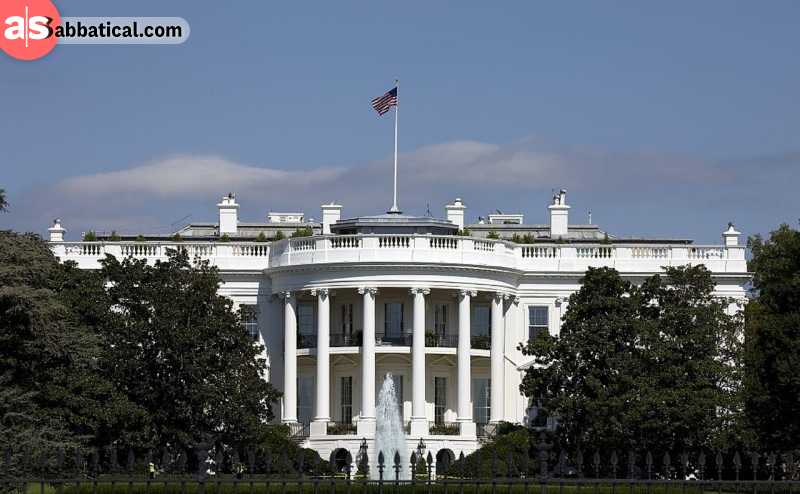
The great American experiment continued. Washington DC was decided as the nation’s capital in 1970. It became the home to the White House (then known as President’s House), the Capitol Building and the Supreme Court.
As per the rules, each branch would work independent of each other but can veto something they don’t like. The same thing continued. The election process, however, saw a few improvements over the years. One revision was in the selection process of the vice-president.
Read more: Go Beyond Culture and Understand Cultural Differences
Instead of selecting the runner-up as vice president, the 12th Amendment put up both – president and vice-president – for election. Another major development was in the nomination of the candidates.
Earlier, the Congress used to nominate them, and later, it became the duty of citizens. The US citizens were now, well-informed and started taking sides of their favorite political parties. The parties then sent delegates to decide for their presidential candidates.
The election process developed further, and in 1901, the US saw the first Presidential primary. The first one was held in Florida, and by 1920, 20 states started holding up Presidential primaries to decide the candidates for the main Presidential election.
The primaries are a way to know which candidates are favorite among the citizens, and not only among the delegates.
The evolution of the US presidency
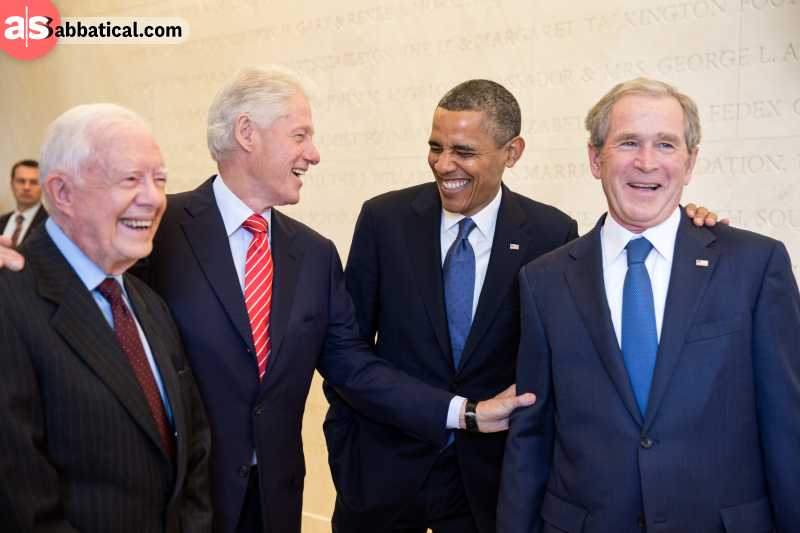
Carrying the duties of the president though, was difficult because of the veto and confirmation process in the system. Sometimes Congress didn’t like a decision about a proposed law, and on other times the judicial hands won’t approve it.
The great American experiment, however, continued with the President’s role too. The election process changed, the government policies changed and also, the rules lining the US president’s post. One of the prominent changes was putting a limit on the number of terms for someone to be in the president’s chair.
Read more: What is the Impact of Media on News?
The 22nd Amendment in 1947 limited it to two terms. It was needed to keep the executive branch under control. Without such limits, popular presidents like Bill Clinton and Barack Obama could have been there longer. The possibility of affecting government decisions in such a situation isn’t scarce. Don’t you think so?
Well, that was all about the features of the presidential system of government in the US. The US president isn’t someone with all the powers. In fact, no one in the US government can alter the world without combined support.
So, if you want a strong system, divide everything.
This was just an introduction to the great American experiment!
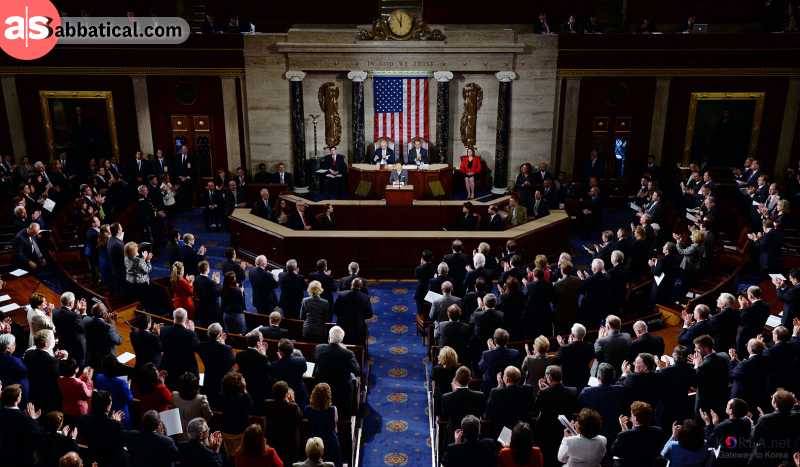
The process and the guidelines changed over the years, but the system of separated powers remains in the government. And whatever be the situation, the role of the US president is bound to be stable.
Abhijeet Kumar

- Inspiring Books
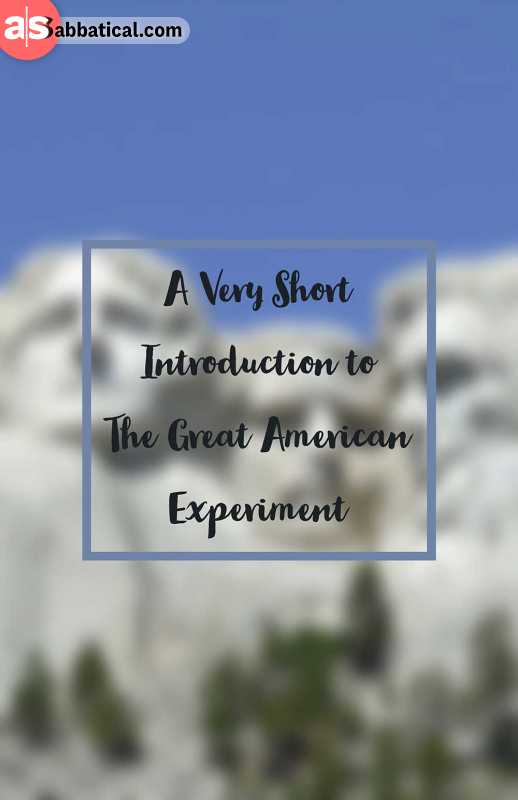

You might also like
How the rich get richer: the dark money.
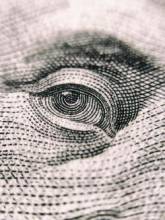
Half the Sky: Ideas for Female Empowerment

End World Hunger: The Man Who Fed The World

Happiest Places in the World: The Geography of Bliss

Design Thinking (by SAP)

What happens when you travel alone
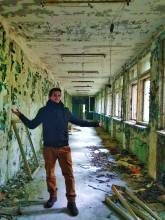
How Google Works?

1906 Mission

A History of the World in 6 Glasses

The Bottom Billion: Why the Poorest Countries Are Failing and What Can Be Done About It
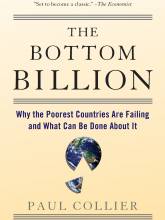
Das Lokal Wroclaw

Show me another inspiration !
Read more books!

2015 - 2023 by Adrian Sameli | Privacy Policy | [email protected]

IMAGES